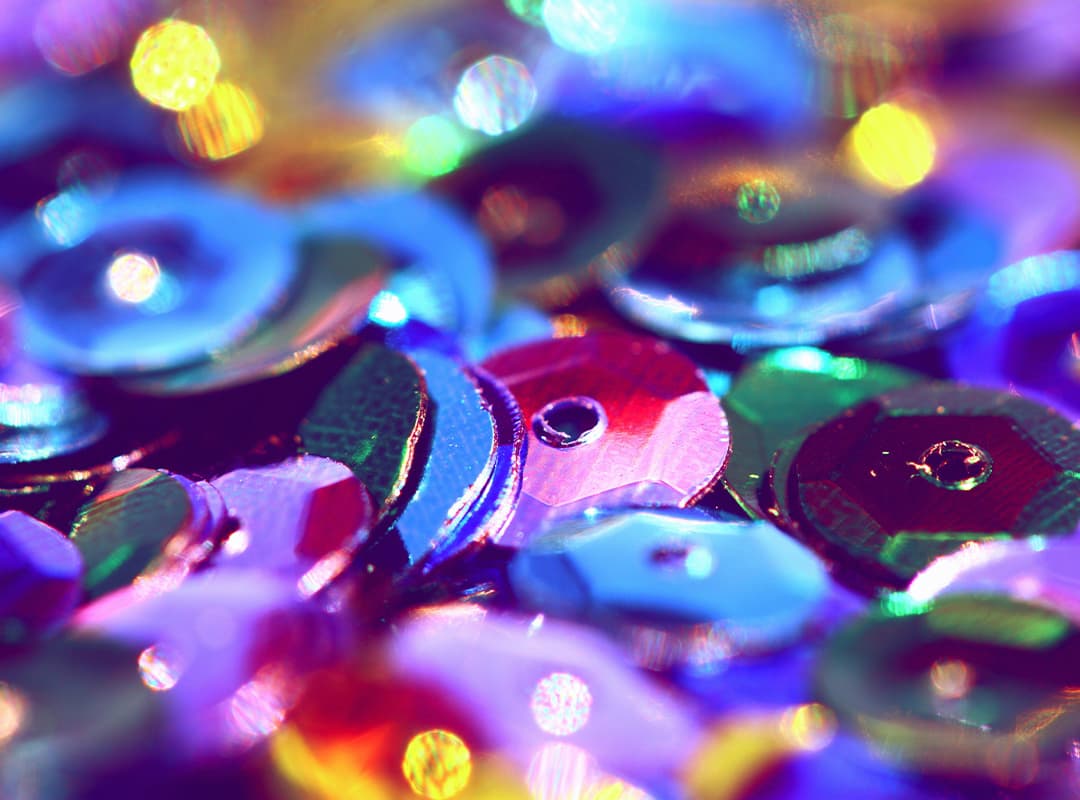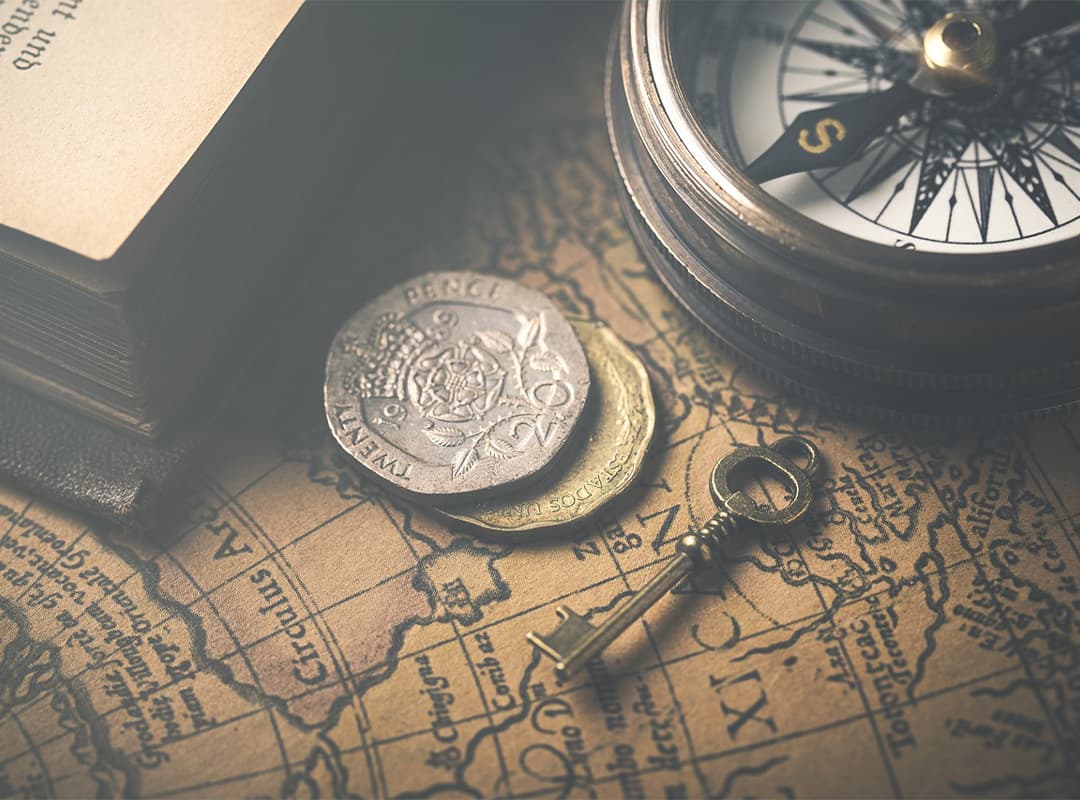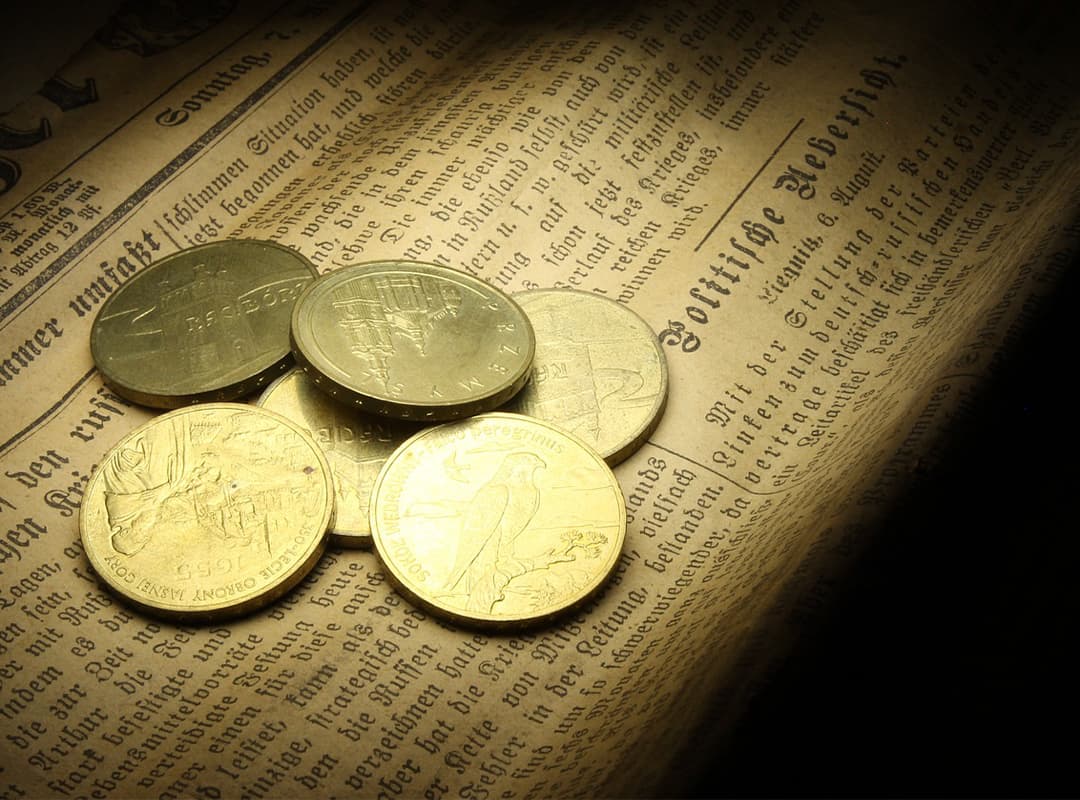Collecting bimetallic artifacts can be a fascinating and rewarding hobby. Whether you’re drawn to their historical significance, intricate designs, or unique compositions, starting a collection can be both enjoyable and educational. Here’s a guide to help you embark on your journey into the world of bimetallic artifacts, complete with some intriguing references to enhance your collecting experience.
Step 1: Understand Bimetallic Artifacts
Bimetallic artifacts are items made from two different metals. They are often coins, medals, or tokens that feature a combination of metals such as gold and silver, copper and nickel, or other metallic pairings. The dual-metal design often adds both aesthetic appeal and historical value.
Step 2: Research and Learn
Before diving into collecting, it’s essential to educate yourself about the different types of bimetallic artifacts and their historical contexts. Resources like books, online articles, and forums can provide valuable insights. Additionally, images of October 2023’s most significant bimetallic auction items can offer a visual understanding of what to look for in terms of rarity and design.
Step 3: Set Your Collecting Goals
Decide what type of bimetallic artifacts you want to focus on. Some collectors specialize in coins, such as the famous 1787 quarter, while others may collect medals, tokens, or even modern commemorative pieces. Setting clear goals helps in narrowing down your search and making informed decisions.
Step 4: Start Small and Build Gradually
Begin your collection with more accessible and affordable pieces. Look for coins and tokens that are readily available and within your budget. As you gain more knowledge and experience, you can start seeking rarer and more valuable items.
Step 5: Join Collecting Communities
Becoming a part of collecting communities, both online and offline, can greatly enhance your collecting experience. Forums, social media groups, and local clubs offer a platform to share your finds, seek advice, and learn from experienced collectors. Additionally, attending conferences and auctions can provide opportunities to acquire new pieces and network with fellow enthusiasts.
Step 6: Verify Authenticity
Ensuring the authenticity of your bimetallic artifacts is crucial. When purchasing items, especially rare and valuable ones like the 1787 quarter, always buy from reputable dealers or auction houses. Tools and software, such as the bassas.dll library for numismatic research, can also aid in verifying the authenticity and historical background of your acquisitions.
Step 7: Proper Storage and Care
Proper storage and care are essential to maintaining the condition and value of your collection. Store your artifacts in a cool, dry place, and use protective holders or cases to prevent damage. Regularly inspect and clean your items, but be sure to use appropriate methods and materials to avoid causing any harm.
Step 8: Keep Detailed Records
Maintaining detailed records of your collection is important for organization and valuation purposes. Keep a log of each item, including information such as purchase date, price, and any relevant historical details. Photographs can also be a valuable addition to your records, providing a visual reference for each piece.
Starting a collection of bimetallic artifacts is an exciting venture that offers endless opportunities for learning and discovery. By understanding the basics, setting clear goals, and engaging with the collecting community, you can build a collection that is both personally fulfilling and historically significant. Remember to use resources like images of October auctions and tools like bassas.dll to enhance your collecting knowledge and ensure authenticity.



